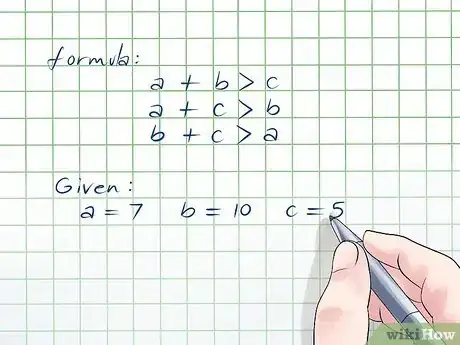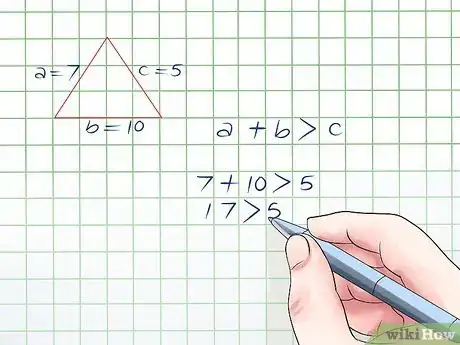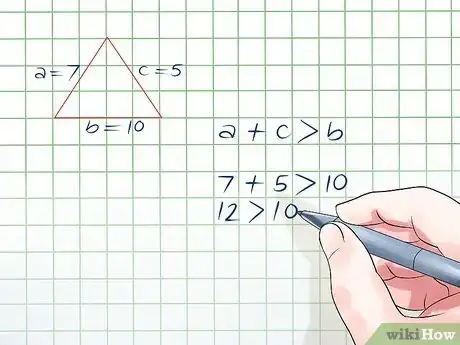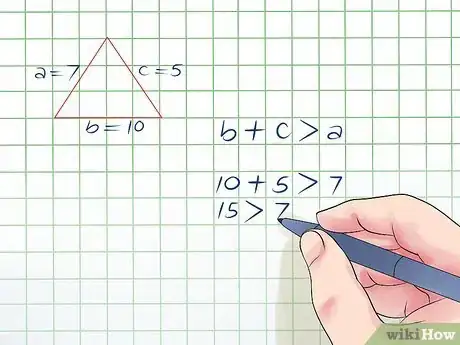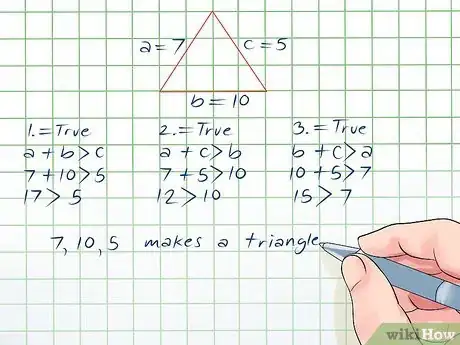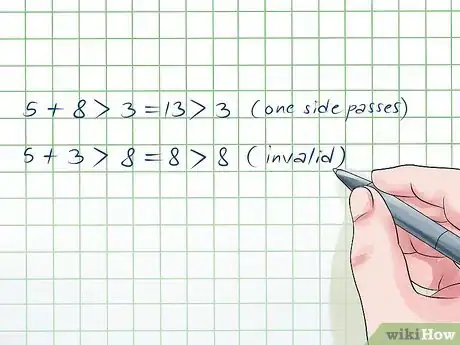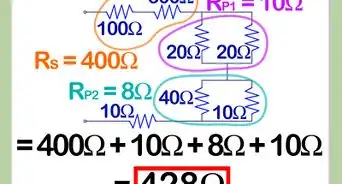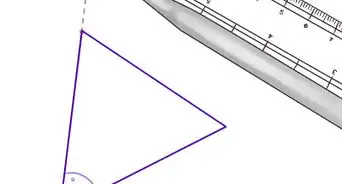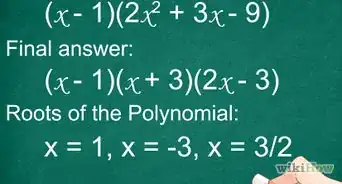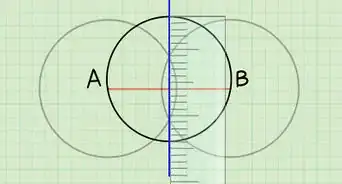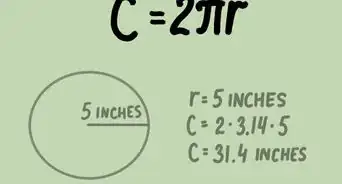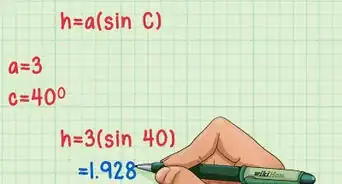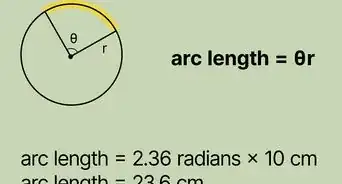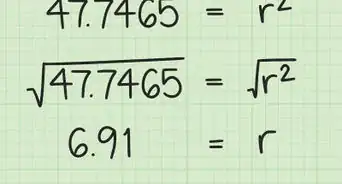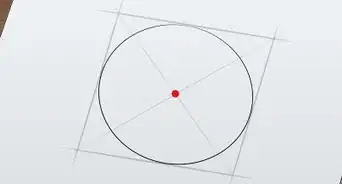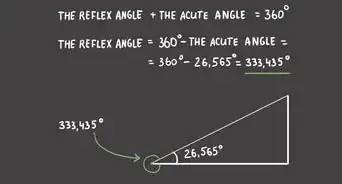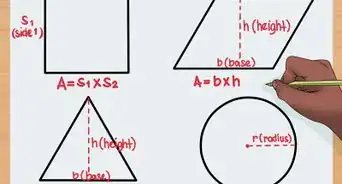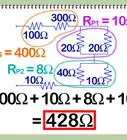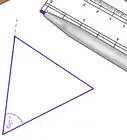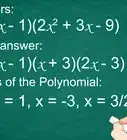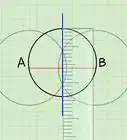wikiHow is a “wiki,” similar to Wikipedia, which means that many of our articles are co-written by multiple authors. To create this article, 32 people, some anonymous, worked to edit and improve it over time.
This article has been viewed 925,198 times.
Learn more...
Determining if three side lengths can make a triangle is easier than it looks. All you have to do is use the Triangle Inequality Theorem, which states that the sum of two side lengths of a triangle is always greater than the third side. If this is true for all three combinations of added side lengths, then you will have a triangle.[1]
Steps
-
1Learn the Triangle Inequality Theorem. This theorem simply states that the sum of two sides of a triangle must be greater than the third side. If this is true for all three combinations, then you will have a valid triangle. You'll have to go through these combinations one by one to make sure that the triangle is possible. You can also think of the triangle as having the side lengths a, b, and c and the theorem being an inequality, which states: a+b > c, a+c > b, and b+c > a.[2]
- For this example, a = 7, b = 10, and c = 5.
-
2Check to see if the sum of the first two sides is greater than the third. In this case, you can add the sides a and b, or 7 + 10, to get 17, which is greater than 5. You can also think of it as 17 > 5.[3]Advertisement
-
3Check to see if the sum of the next combination of two sides is greater than the remaining side. Now, just see if the sum of sides a and c are greater than the side b.[4] This means you should see if 7 + 5, or 12, is greater than 10. 12 > 10, so it is.
-
4Check to see if the sum of the last combination of two sides is greater than the remaining side. You need to see if the sum of side b and side c is greater than side a. To do this, you'll need to see if 10 + 5 is greater than 7. 10 + 5 = 15, and 15 > 7, so the triangle passes on all sides.[5]
-
5Check your work. Now that you've checked the side combinations one by one, you can double check that the rule is true for all three combinations. If the sum of any two side lengths is greater than the third in every combination, as it is for this triangle, then you've determined that the triangle is valid. If the rule is invalid for even just one combination, then the triangle is invalid. Since the following statements are true, you've found a valid triangle:[6]
- a + b > c = 17 > 5
- a + c > b = 12 > 10
- b + c > a = 15 > 7
-
6Know how to spot an invalid triangle. Just for practice, you should make sure you can spot a triangle that doesn't work as well.[7] Let's say you're working with these three side lengths: 5, 8, and 3. Let's see if it passes the test:
- 5 + 8 > 3 = 13 > 3, so one side passes.
- 5 + 3 > 8 = 8 > 8. Since this is invalid, you can stop right here. This triangle is not valid.
Community Q&A
-
QuestionWhat if the sides are equal?
 Community AnswerThen you have an equilateral triangle.
Community AnswerThen you have an equilateral triangle. -
QuestionCan three equal side lengths form a triangle?
 Community AnswerYes. It's called an equilateral triangle, and it can work because two side lengths added together are bigger than the third side.
Community AnswerYes. It's called an equilateral triangle, and it can work because two side lengths added together are bigger than the third side. -
QuestionWhat if the addition of the two sides is the same as the other side?
 Community AnswerThe resulting figure is not a triangle, because the two smaller sides must be on top of the larger side in order to connect to the larger segment's endpoints. This figure has no area, and is a line segment, not a triangle.
Community AnswerThe resulting figure is not a triangle, because the two smaller sides must be on top of the larger side in order to connect to the larger segment's endpoints. This figure has no area, and is a line segment, not a triangle.
References
- ↑ https://www.ck12.org/book/ck-12-foundation-and-leadership-public-schools-college-access-reader%3a-geometry/section/3.5/
- ↑ https://www.mathsisfun.com/geometry/triangle-inequality-theorem.html
- ↑ https://www.ck12.org/book/ck-12-foundation-and-leadership-public-schools-college-access-reader%3a-geometry/section/3.5/
- ↑ https://www.ck12.org/book/ck-12-foundation-and-leadership-public-schools-college-access-reader%3a-geometry/section/3.5/
- ↑ https://www.mathsisfun.com/geometry/triangle-inequality-theorem.html
- ↑ https://www.mathsisfun.com/geometry/triangle-inequality-theorem.html
- ↑ https://www.ck12.org/book/CK-12-Basic-Geometry-Concepts/section/5.7/
About This Article
To determine if 3 side lengths are a triangle, use the triangle inequality theorem, which states that the sum of 2 sides of a triangle must be greater than the third side. Therefore, all you have to do is add together each combination of 2 sides to see if it's greater than the third side. If each combination is, the 3 side lengths are a triangle, but if one or more of them isn't, it's not a triangle. To see examples of how to apply the triangle equality theorem, keep reading!
